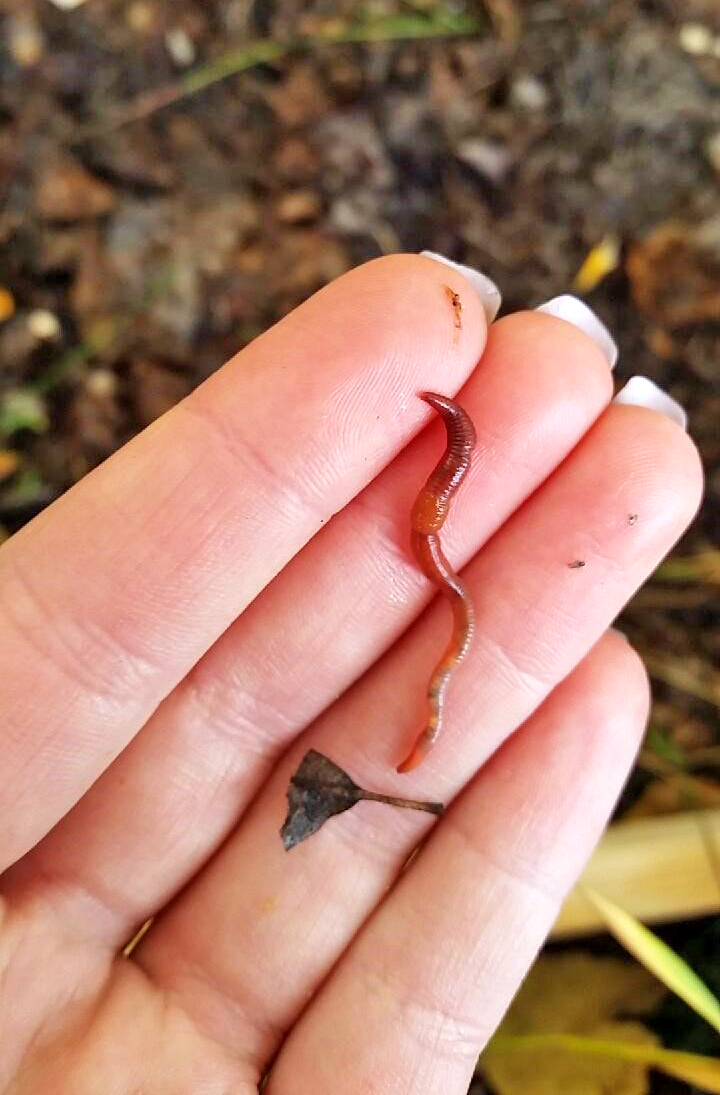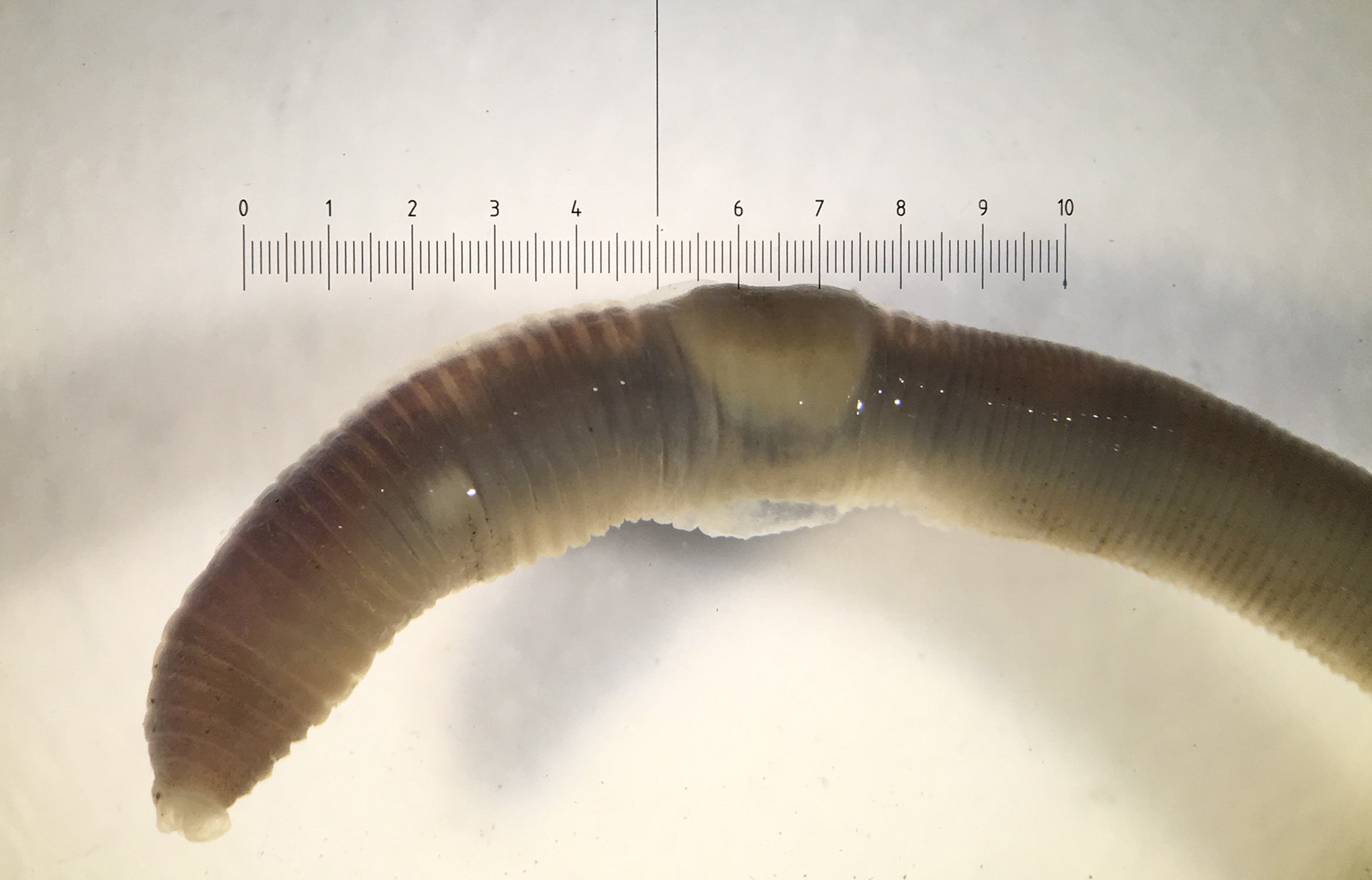Earthworm species may be native to Interior Alaska
July 30, 2018
Theresa Bakker
907-474-6941

A Fairbanks high school student has discovered five species of earthworms in Interior Alaska, including one possibly native to North America.
Megan Booysen worked with University of Alaska Museum of the North insect curator Derek Sikes and two other scientists to publish a paper about the worms in the July 10, 2018, issue of the Biodiversity Data Journal.
Sikes said few people knew that earthworms even existed in Fairbanks before this study was completed.
“Earthworms were known from coastal and Southcentral Alaska, but this is the first publication documenting earthworms in the Interior,” he said.
Most earthworms found in Alaska are thought to be invasive, brought here in plant soils or as fishing bait. Four of the five species documented in the study are from Europe or Asia and were probably brought to Alaska by humans. The fifth appears to be native to North America and may have survived the last ice age in Interior Alaska, an area that was not glaciated during the Pleistocene Era.
Booysen, now a West Valley High School senior, collected the worms while working on a project for an advanced placement biology class. She said her schedule was pretty full between school and swimming practice, so she set up several collecting sites along her daily path.
“We picked locations that were convenient, like a friend’s house," she said. "School gets out at 2:15 p.m., and I had to be at swim practice by 4 p.m., so we picked nearby locations around UAF that I could drive to.”
Booysen mixed a small amount of mustard powder in a gallon of water and then saturated the soil at six sites. The worms, which do not like the irritant, worked their way to the surface. Booysen said she was surprised to find them.
“I had not found earthworms before, even though I have collected insects since I was a child,” she said.

Booysen, the lead author on the journal paper, found a total of nine worms at her sampling sites. The authors also used 28 specimens donated to the museum in the study.
Sikes said the discovery of a native North American species here in Fairbanks was a surprise. The news may change our understanding of the ecology of Interior Alaska.
“Earthworms are ecosystem engineers," he said. “They change the properties of the soils in which they live. When they are not native to a region, such as regions that have been glaciated, they can negatively impact the plant community by changing the soil and altering the fungal-plant symbioses. Native plants tend to disappear and be replaced by invasive plant species where exotic worms have been introduced.”
Both Booysen and Sikes hope that Alaska residents, especially young people, will look for more earthworms. Sikes said anybody who sees earthworms can turn them in, along with the collection location and any other available information.
“We are interested in any earthworms collected in Alaska, but particularly in the Interior,” he said.
Booysen and Sikes were joined in the study by co-authors Matt Bowser, a U.S. Fish and Wildlife Service biologist at the Kenai National Wildlife Refuge, and Robin Andrews, a Ph.D. student in the Department of Biology and Wildlife at the University of Alaska Fairbanks.
ON THE WEB: https://doi.org/10.3897/BDJ.6.e27427


